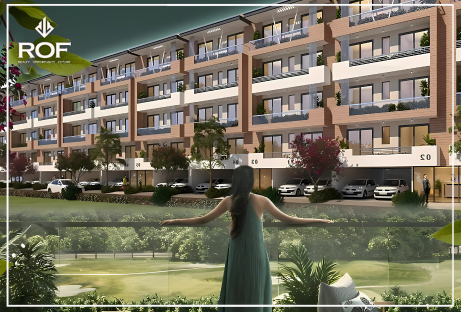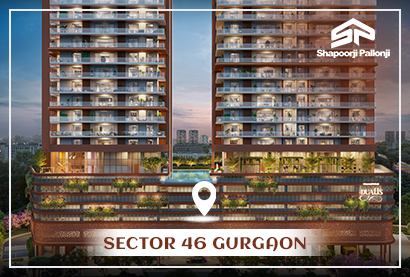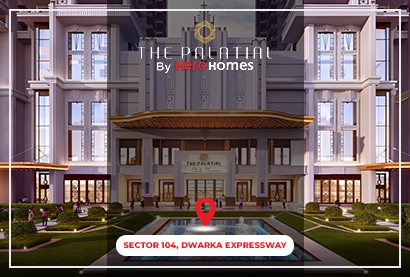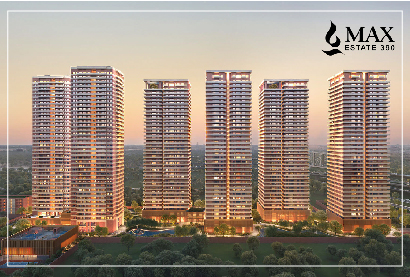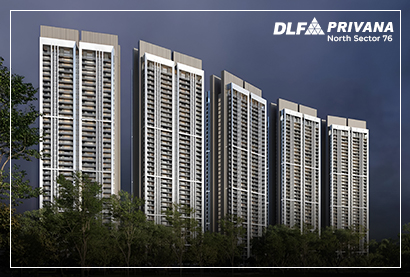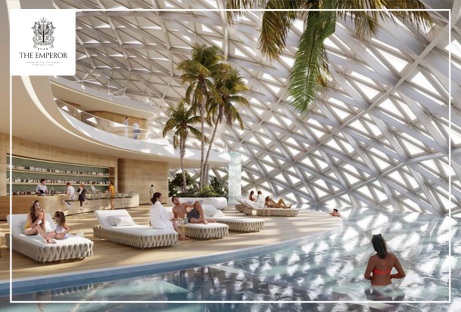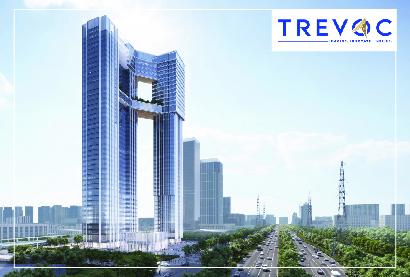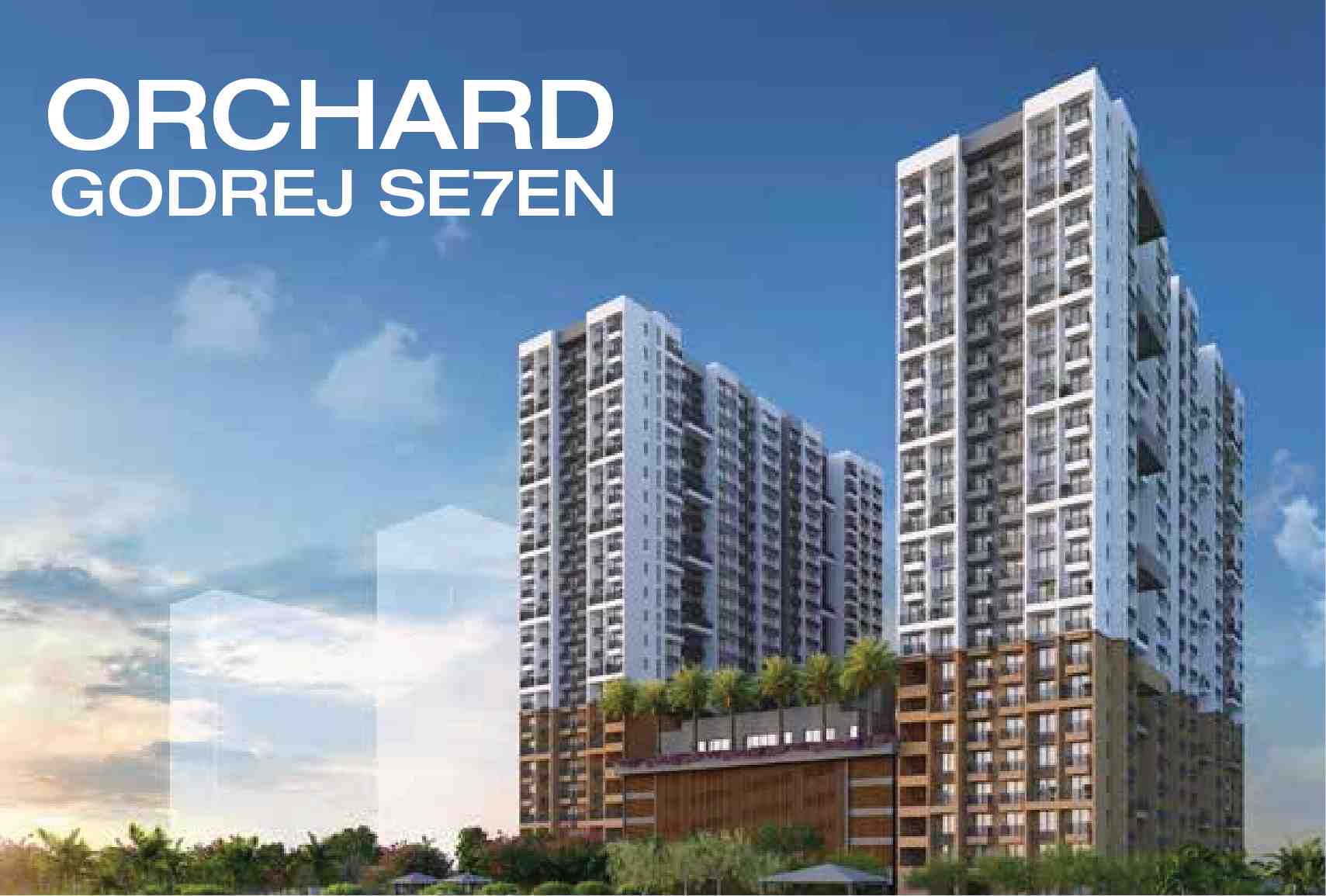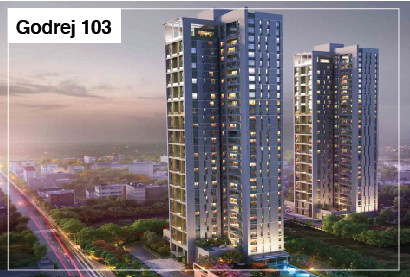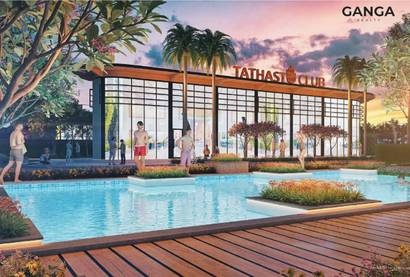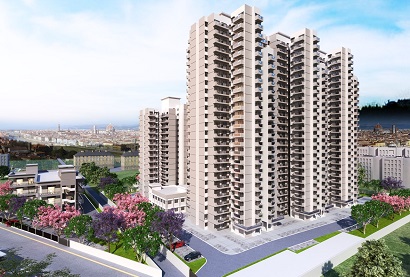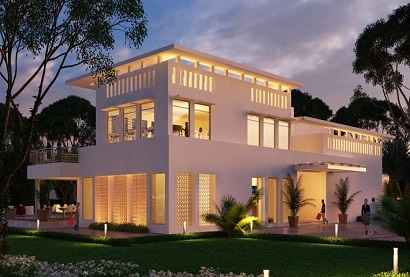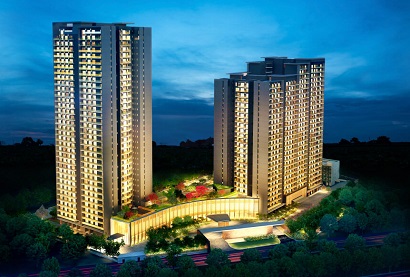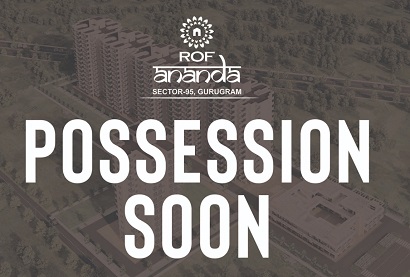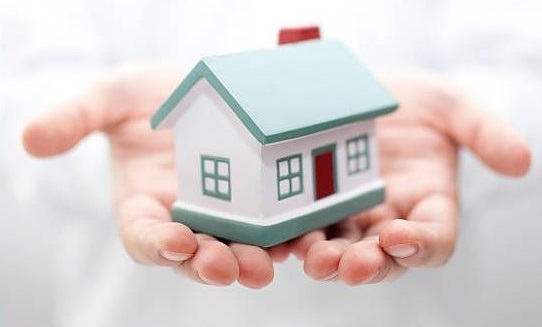
As the economy grows, it is expected to see growth in the lifestyle of a human being. A House represents an indicator of many parameters of a human being. Given the present circumstances, a house is one of the basic requirements of Human survival, a significant social security, an economic pillar and a status of stability. A house for a homeless family brings a variety of changes in his life by integrating him into the social mainframe.
In the 2nd decade of 21st century, India is leading the line of emerging economies with a trillion $ economy with an expected growth of 7.2- 7.6% in 2018-19. Top rating agencies have shown their trust in ease of doing business in India. Moody’s has raised India’s sovereign credit rating to Baa2 from Baa3. Rating upgrades for India are done after a 13 years gap, which shows international trust in this nation’s emerging market.
Apart from all the glowing report cards, millions of citizen still lack their own roof. To address this raging problem, Government have introduced Pradhan Mantri Awas Yojana in rural and urban segment separately. The rural segment of the scheme PMAY-GRAMIN is being implemented by Ministry of Rural Development. On the other hand, the urban segment is monitored under Ministry of Housing and Urban Poverty Alleviation (MoHUPA).
The rural segment of the scheme is launched under “Housing for All” in rural areas which target to provide an environmentally safe and secure pucca house for every rural family by 2022. The first phase of this scheme is targeted to be completed by 2019.
Salient features-
- The minimum available support for every household is 1.5 lakhs to 1.6 lakhs.
- Rs 70000 as a bank loan is also available if beneficiary desires.
- Selection of households will be done on the basis of Socio-Economic census 2011 data.
- Houses will be allotted under the scheme to a preferably female member of the House.
- The programme also provides for skilling 5 lakh Rural Masons by 2019.
- Use of ICT and space technology to further confirm correct selection of beneficiaries and progress of the work.
The Urban segment of the scheme envisions Housing for all by 2022. This segment is being implemented by MoHUPA. This mission seeks to address the requirements of urban poor including slum dwellers through following verticals-
- Slum Rehabilitation of Slum dwellers with the participation of private developers using land as a resource- ‘In situ’ Slum redevelopment.
- Promotion of Affordable Housing for the Weaker section through Credit linked subsidy.
- Affordable housing in partnership with Public and Private Sectors.
- Subsidy for beneficiary led individual house construction/enhancement.
Beneficiaries include poor people (BPL), economically weaker section (EWS), low-income groups (LIG), and middle-income groups (MIGs). The government will provide subsidy ranging from 1- 2.30 lakh to these categories.
All 4041 statutory towns of 500 class 1 cities will be covered in 3 phases. Centre and States will be funding the project in the ratio of 75:25 and in case of Northeast states, it will be 90:10.
The house will be allocated preferably in the name of the woman in the family.
PMAY eligibility criteria
A PMAY committee has set eligibility criteria according to which applications will be selected to avail financial reinforcements. There are six categories have been identified for applicants-
|
CATEGORIES |
ELIGIBILITY CRITERIA |
|
Women |
Women belonging to EWS/LIG categories will be considered |
|
Minorities |
People belonging to minority groups such as SC/ST/OBC will be considered under PMAY if they provide proper certificate related to caste and income. |
|
Medium Income Group (MIG1) |
Household income less than Rs 12 lakh will fall under the MIG 1 category. They can also avail a loan of Rs 9 lakh for the construction purpose. |
|
Medium Income Group (MIG2) |
Household income between Rs 12 lakhs to 18 lakhs will fall under the MIG2 category. They are eligible for the loan of Rs 12 lakh. |
|
Light Income Group (LIG) |
Annual household income ranging from Rs 3 lakhs to 6 lakhs will fall under LIG category. They need to provide proof of their economic condition for the consideration for this category. |
|
Economically Weaker Section (EWS) |
People earning less than Rs 3 lakhs will fall under the EWS categories. Applications will be considered will appropriate proofs of income standing. |
PRADHAN MANTRI AWAS YOJANA SCHEME GRID
|
Annual Household Income (Rs.) |
Categories |
Interest Subsidy (%) |
Subsidy Calculated on Max. Loan of (Rs.) |
Max. Interest Subsidy of |
Max. Carpet Area of the Property |
|
|
Upto 3 lakh |
EWS |
6.50% |
6,00,000 |
2.67 lakh |
No Limit ** |
|
|
3 lakh to 6 lakh |
LIG |
6.50% |
6,00,000 |
2.67 lakh |
No Limit ** |
|
|
6 lakh to 12 lakh |
MIG-1 |
4.00% |
9,00,000 |
2.35 lakh |
1291 sq. ft. |
|
|
12 lakh to 18 lakh |
MIG-2 |
3.00% |
12,00,000 |
2.30 lakh |
1614 sq. ft. |
